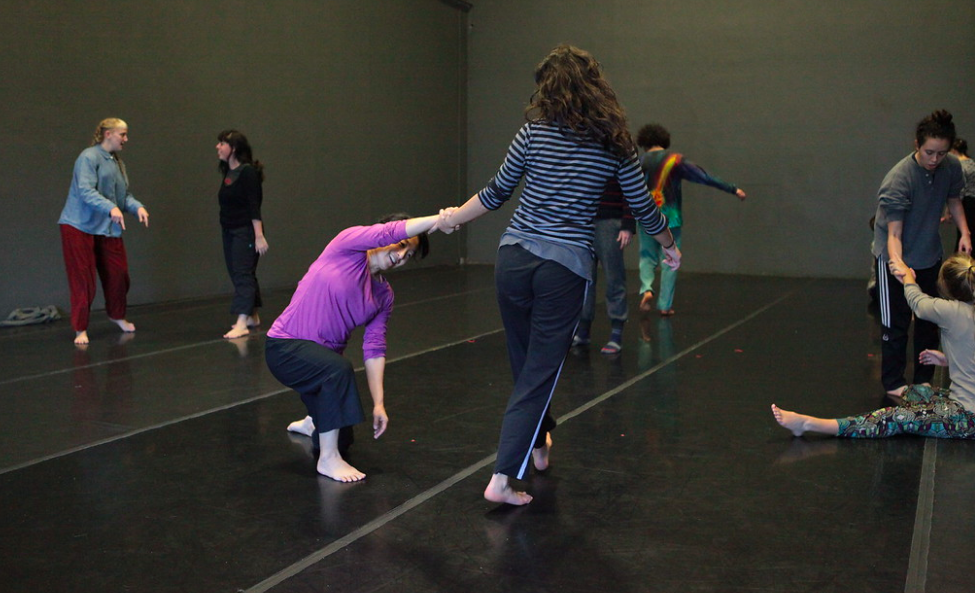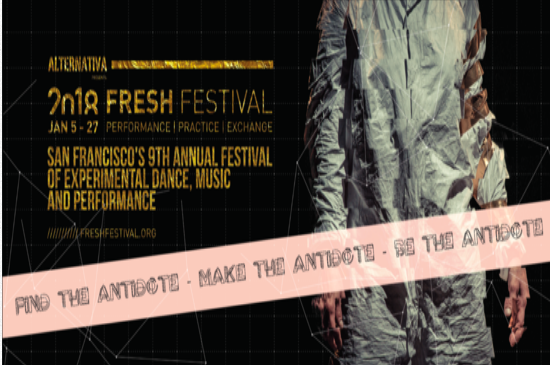1. 2017 Somatics, Social Activism, Bodies in Motion (Kevin O’Connor and Jose Naverrete
Join us for an immersion in the complexities of fascia, art-making and activism. Kevin O’Connor and José Navarrete will draw their facilitation based on previous research regarding, new modes of inquiry about fascia and the process of art making and Social Activism. In this workshop we examine how different models of fascia can animate our dancing bodies, creating a multitude of more than one kind of body. In addition will attempt to connect our bodies into the current reactionary political climate. We will investigate: racism, sexism, abelism, xenophobia,in relation to our bodies -how has been changed our lives-. Participants will work physically on concepts of fascia, space and embodiment, differences in power, and intervening in public spaces. Talking and doing (dancing) will be balanced throughout our time together.
José Navarrete is a native of México City where he was first exposed to theater and dance, choreographing and performing in parks, hospitals, and children’s parties as a clown and dancer. He studied dance at the National Institute of Fine Arts in México, and has a B.A. in Anthropology from UC Berkeley and M.F.A in Dance from Mills College. José was the recipient of a Bessie Schönberg residency at The Yard, and a Djerassi residency. José is the recipient of a CHIME Across Borders fellowship with Ralph Lemon. Navarrete has taught dance and performance to youth and adults in Mexico, and in the San Francisco Bay Area at Berkeley High School, Marin Academy, Cal State East Bay, and Yerba Buena Center for the Arts. He currently curates and produces the Live Arts in Resistance (LAIR) initiative at Eastside Arts Alliance, which provides residencies and performing opportunities for artists of color in East Oakland.
1. Interconnecting Tissues: Improvising with fascia
This workshop moves and thinks with fascia and its emerging bio-medical claims and practices. We will move with and engage with the histories, practices and science discourse on fascia. In doing so we will address the potential of performance practices to intervene in and extend vital debates around biological and medical knowledge and practice, enhance our understanding of how fascia is made through practices, and potentially offer an antidote to biosciences influence and dominance. We ask, can engaging emerging biologies as non-essentializing material-cultural entanglements offer us new practices, and different ways of training our attention and body-minds, while acknowledging the implicit power dynamics at play within these biologies?
*** fascia or connective tissue—the viscous goop that connects, divides, and slides between muscles, organs, skin, and cells, and performance research in the arts. Fascia has been found to be active, intelligent, communicative, and a sensory organ—sometimes three, sometimes many and sometimes one liquid, solid and mucus.

